In the dense forests of Jicarón Island, off the coast of Panama, a peculiar behavior has left scientists puzzled and intrigued. Behavioral ecologist Zoë Goldsborough was reviewing footage from her camera traps when she noticed something unusual: a small figure clinging to the back of a capuchin monkey. At first glance, she thought it was a baby capuchin, but something seemed off. A closer look revealed an unexpected coloration, and Goldsborough quickly realized that the figure was not a capuchin at all—it was a baby howler monkey. This discovery marked the beginning of a fascinating and perplexing investigation into the behavior of these wild monkeys.
"I was shocked," Goldsborough said as she continued to review the footage. She soon discovered that the same adult capuchin, nicknamed "Joker" for a scar on its mouth, had been seen carrying a baby howler monkey in multiple clips. Further investigation revealed that Joker was not alone; other male capuchins were also engaging in this strange behavior. Using 15 months of camera-trap footage from Jicarón Island, researchers from the Max Planck Institute of Animal Behavior, the University of Konstanz, and the Smithsonian Tropical Research Institute, among others, set out to uncover the reasons behind these kidnappings.
The findings, published in the journal *Current Biology*, revealed that between January 2022 and March 2023, four subadult and juvenile male capuchins had abducted at least 11 infant howler monkeys. The researchers were baffled by the behavior, as there was no evidence of the capuchins eating, caring for, or even playing with the infants. Instead, the study authors hypothesized that this behavior might be a "cultural fad" among the monkeys, potentially influenced by the unique conditions of their island environment.
Jicarón Island is part of Coiba National Park, an uninhabited and remote location with no electricity and challenging terrain. Accessing the island requires precise timing and the use of boats, making direct observation of the capuchins difficult. This is why camera traps—hidden, motion-triggered devices that capture photos and videos—have become essential tools for researchers. However, these traps also have limitations, as they cannot capture what happens in the treetops, where howler monkeys typically reside. As a result, the researchers could not definitively determine how, when, or why the capuchins were abducting the baby howlers.
Initially, the researchers thought the behavior might be a rare case of adoption, as monkeys have been known to "adopt" abandoned infants of the same or other species. However, Joker and the other capuchins were not providing any form of care for the howler infants. Instead, they simply carried the infants on their backs until the babies eventually perished of starvation, unable to access breast milk. This behavior is particularly unusual for male primates, according to Pedro Dias, a primatologist at Veracruzana University in Mexico, who studies mantled howler monkeys.
In primatology, it is more common to observe females adopting or abducting infants as a form of maternal instinct. However, on Jicarón Island, the male capuchins were not exhibiting any maternal behavior. Corinna Most, a behavioral ecologist at Iowa State University, initially suspected that the capuchins might be eating the infants. Predatory abduction is not uncommon in the animal world, but further observations revealed that this was not the case here. Instead, the capuchins carried the baby howlers around for days with minimal interaction—no play, little aggression, and seemingly no purpose.
So, why would these capuchins expend energy to steal infants with no clear benefit? One possible explanation lies in the unique environment of Jicarón Island. Capuchins are known for their curiosity and exploratory behavior, often described as "destructive, explorative agents of chaos." On the mainland, capuchins engage in a variety of disruptive activities, such as hitting wasp nests, wrestling with each other, and harassing other species. On an island without predators, these behaviors become less risky, allowing the capuchins to explore more freely.
Brendan Barrett, a behavioral ecologist and Goldsborough's advisor, suggested that boredom might be a key driver of this innovative behavior. "We know that cultural innovation, in several cases, is linked to the youngest and not the oldest," Dias explained. Adolescence is a period when primates become independent from their mothers and start to explore on their own. During this stage, they are not yet fully integrated into their group's society, which might explain why younger individuals are more likely to engage in novel behaviors.
Another possible factor is over-imitation, a phenomenon observed in human children where they imitate behaviors even if they do not fully understand them. This tendency might also be at play among the capuchins, as a way to socially bond with Joker, the original "kidnapper." Most noted that while over-imitation is not commonly found in other animals, it could be a factor in this case.
The researchers also pointed out that the capuchins on Jicarón Island have evolved differently from their mainland counterparts. Without the need to protect themselves from predators, they can spread out and explore more freely. This relative safety and freedom might lead to boredom, which in turn drives innovation. Goldsborough's thesis research focuses on this idea, particularly among the capuchins of Jicarón and Coiba, who have been observed using stones as tools to crack nuts. Interestingly, only the males on Jicarón have been seen using tools, a behavior that remains a mystery to researchers.
The implications of this behavior extend beyond mere curiosity. The howler population on Jicarón is an endangered subspecies of mantled howler monkeys, listed as vulnerable on the IUCN Red List of Threatened Species. Howler monkey mothers give birth only once every two years on average, making each infant crucial to the survival of the species. The capuchin kidnappings, therefore, could have significant consequences for the howler population.
As researchers continue to investigate this phenomenon, they hope that the behavior will eventually fade away, much like human fads. Alternatively, the howler monkeys might adapt their behavior to better protect their infants. Goldsborough and Barrett hope that further study will reveal more about the motivations behind these kidnappings and their impact on the ecosystem.
This unusual behavior among the capuchins of Jicarón Island serves as a mirror reflecting our own actions and their unintended consequences. "It kind of is like a mirror that reflects upon ourselves," Barrett said, "of us seemingly doing things to other species that can harm them and seem atrocious that have no real purpose." The study of these capuchins not only sheds light on the complexities of primate behavior but also highlights the importance of understanding and preserving the delicate balance of ecosystems.
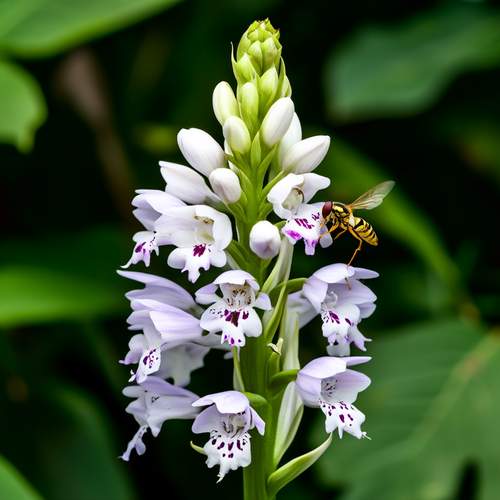
By /May 21, 2025

By /May 21, 2025

By Natalie Campbell/May 21, 2025
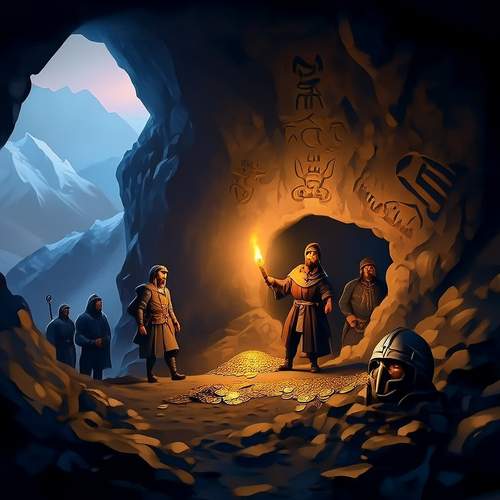
By Victoria Gonzalez/May 21, 2025
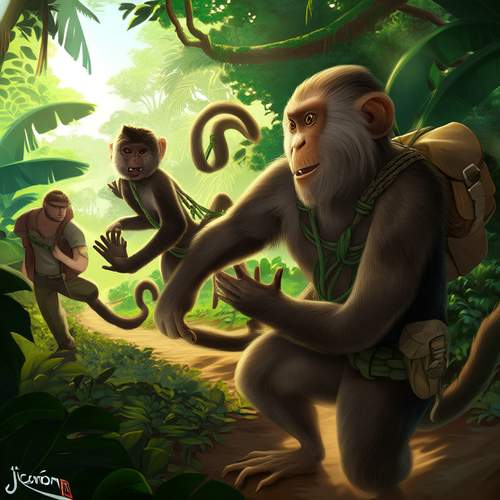
By Noah Bell/May 21, 2025
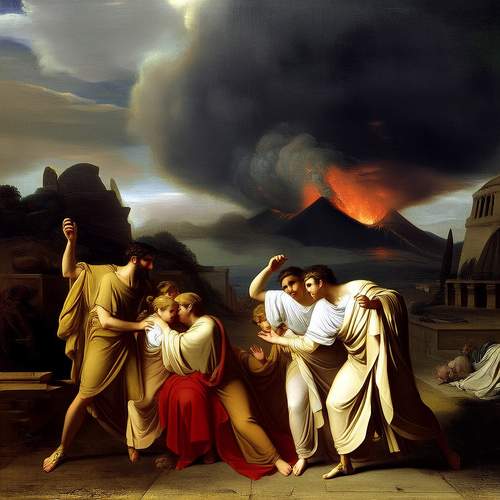
By Joshua Howard/May 21, 2025
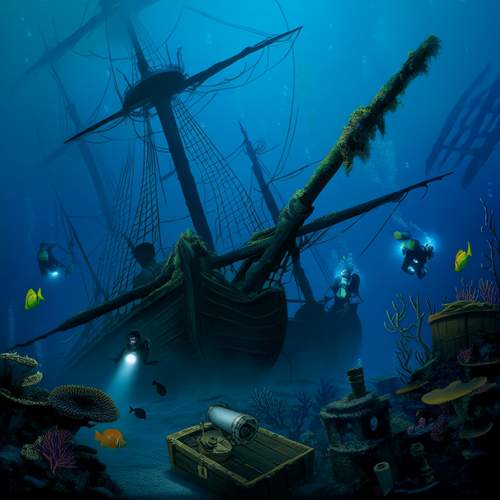
By Olivia Reed/May 21, 2025

By David Anderson/May 21, 2025

By Victoria Gonzalez/May 21, 2025

By Sophia Lewis/May 21, 2025

By Daniel Scott/May 21, 2025
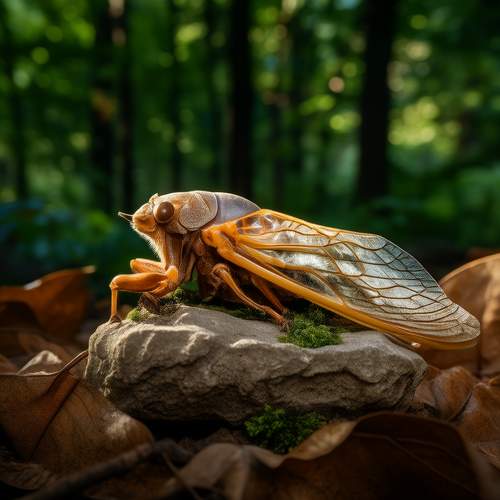
By Jessica Lee/May 21, 2025

By Jessica Lee/Dec 22, 2024

By Emily Johnson/Dec 22, 2024
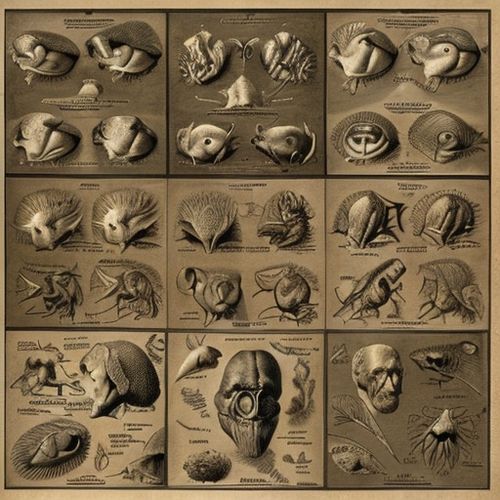
By Elizabeth Taylor/Dec 22, 2024

By Benjamin Evans/Dec 22, 2024

By Elizabeth Taylor/Dec 22, 2024